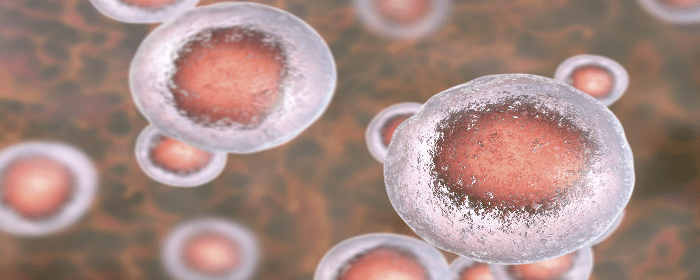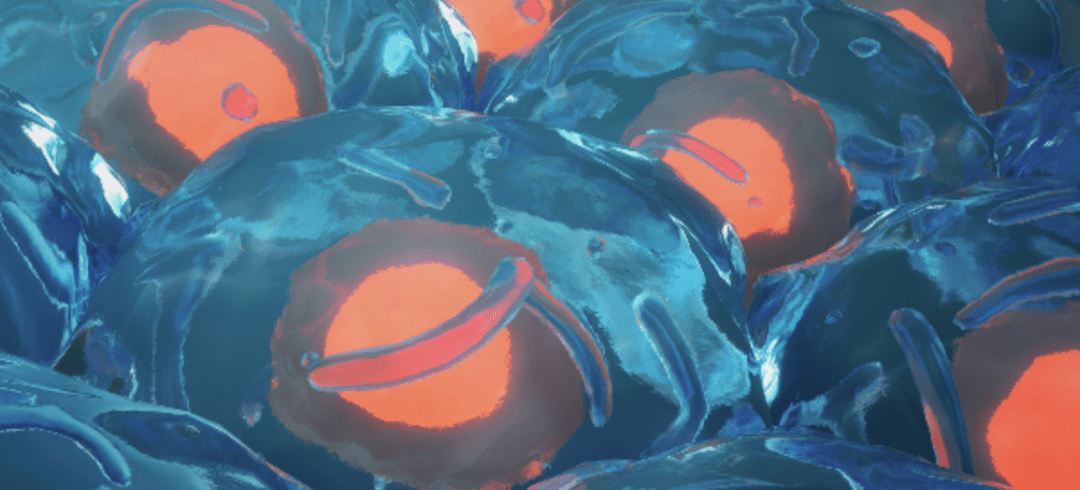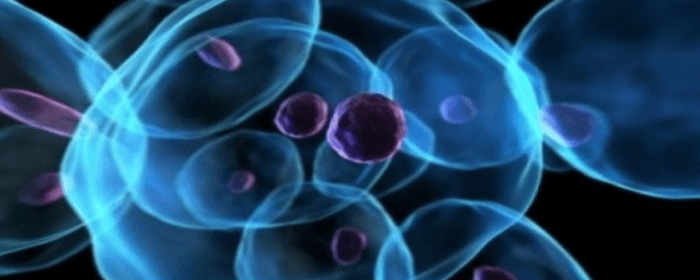
by admin | Apr 24, 2023 | Health Awareness, Stroke
Gait refers to a person’s manner of walking or moving on foot. After a stroke, gait can be significantly impacted due to the damage caused to the brain and nervous system. Stroke can affect gait in several ways, including:
Muscle weakness: A stroke can cause weakness or paralysis on one side of the body, which can affect the ability to lift and move the leg and foot during walking.
Spasticity: Spasticity is a condition that causes muscle stiffness and spasms, which can make it difficult to move the leg and foot smoothly during walking.
Balance and coordination: Stroke can affect the brain’s ability to control balance and coordination, making it harder to maintain a steady gait.
Foot drop: Foot drop is a condition where the foot drops down when walking, due to weakness or paralysis of the muscles that lift the foot. This can cause stumbling or tripping while walking.
Cognitive and perceptual changes: Stroke can also affect cognitive and perceptual functions, such as perception of depth and distance, which can affect a person’s ability to walk safely and confidently.
Gait training exercises can help stroke patients improve their gait by addressing these issues through strength training, coordination exercises, balance training, and other targeted interventions. Working with a physical therapist can also help stroke patients to customize their exercise program to their specific needs and abilities.
To regain your strength and improve your ability to walk after a stroke, you can practice gait training exercises like the ones below.
Flamingo Stands
Flamingo stands are one of the easiest gait training exercises to perform. You can stand freely in the middle of the room or with one hand against a wall for added support. Bend one leg up and backward into a flamingo position and remain standing on the other leg. Do this for about 30 seconds and then switch legs. Repeat ten times for each leg.
Seated Marching
Seated marching is a basic gait training exercise that can be performed from any seated position. You start by sitting with both feet placed on the floor in front of you and then lifting one leg up into your chest and placing it back down onto the floor. Repeat this with the other leg and then alternate between legs for ten repetitions.
Side Leg Raises
To perform a side leg raise, begin in a standing position. You can hold on to a chair for increased stability. Lift one leg outward to your side about 45 degrees. Hold this pose for several seconds before bringing your foot back down to the floor. Do 15 repetitions and then repeat with the other leg.
Knee Extension
For a knee extension gait exercise, you will start in a seated position. Extend one leg out in front of you and hold it parallel to the floor. Make sure to contract your thigh muscles and then slowly lower your foot back down toward the floor. Alternate back and forth between each leg for ten repetitions while maintaining a straight posture with your back.
It’s important to note that stroke patients should always consult with their healthcare provider before starting any new exercise program. Additionally, exercises should be tailored to the individual’s specific needs and abilities.

by admin | Jan 21, 2022 | Stem Cell Therapy, Mesenchymal Stem Cells, Stem Cell Research, Stroke
According to the CDC, stroke continues to be a major cause of serious disability for adults. It is also estimated that nearly 800,000 people in the United States have a stroke each year[1]. While 80% of those experiencing a stroke survive for at least one year following the event, more than 70% will continue to experience long-term disabilities.
Stroke is divided into three distinct phases: acute, subacute, and chronic phases. The acute phase of stroke occurs within 24 hours of the actual ischemic event. The subacute phase starts at 24 hours and lasts up to 3 months. The chronic phase of stroke, by definition, starts at 3 months.
While stroke patients tend to see some response to rehabilitation efforts occurring in the chronic phase, they tend to quickly plateau, leaving many with serious chronic neurological and functional disabilities. To date, there are no approved treatments for the chronic phase of stroke.
For the purposes of this study, Steinberg et al. report the two-year outcomes of their phase 1/2a study examining chronic stroke patients after implantation of mesenchymal stem cells (MSCs). This study specifically examined the outcomes of 18 patients who were at least 6 months post-stroke onset and had chronic motor deficits secondary to the nonhemorrhagic stroke.
At the 1-year point of this study, the authors reported the implantation of bone marrow-derived MSCs (BMD MSCs) was generally safe, well-tolerated, and associated with significant improvement in clinical outcomes.
There were no correlations between improvement in clinical outcomes and cell dose, baseline patient age, or baseline stroke severity. However, two years after implantation of MSCs, those enrolled in this study experienced significant improvement in motor impairment scales as indicated by a number of scores, including the ESS, NIHSS, F-M total, and FMMS scores.
Although all enrolled patients experienced at least one Treatment-Emergent Adverse Event (TEAE), with headache and nausea being the most common, 94.4% of the TEAEs were determined to be unrelated and no one withdrew from the study.
Interestingly, the authors reported that there also appears to be a significant correlation between the size of newly appearing transient lesions primarily in or adjacent to the premotor cortex – a finding that remained consistent at month 12 and month 24 of this study.
While Steinberg et al.’s reported findings are encouraging, the authors point out that the small scale and uncontrolled study design mean the findings should also be interpreted with caution.
Steinberg et al conclude that their findings associated with this completed, open-label, single-arm phase 1/2a study was consistent with the data at the 1-year point and indicated that treatment of chronic stroke with BMD MSCs after 2 years continued to be safe and was associated with sustained and significant improvements in clinical outcomes.
Given the findings of this study, the authors highlight the potential of MCSs, and specifically SB623 cells used in this study, as a potential treatment for patients with chronic ischemic stroke.
Source: “Two-year safety and clinical outcomes in chronic ischemic stroke ….” 23 Nov. 2018, https://pubmed.ncbi.nlm.nih.gov/30497166/.
[1] “Stroke | cdc.gov.” https://www.cdc.gov/stroke/index.htm.

by Stemedix | Dec 20, 2021 | Heart Failure, Stroke
Hopefully, you will never experience a stroke or a heart attack, but it is important to know the differences between these two potentially fatal medical emergencies. The most important similarity may be that if you or someone you know is showing the symptoms of a stroke or a heart attack, time is crucial. Getting immediate medical help increases the chance of survival and recovery.
Heart Attacks Explained
Heart disease is the number one cause of death in the U.S. Heart disease can lead to a heart attack, also known as a myocardial infarction.
The term “heart attack” refers to damage of the heart muscle, usually caused by a lack of blood flow. If a blood clot forms in one of the arteries that supply blood to the heart, it can block blood flow and deprive the heart of the nutrients it needs to function.
As the heart weakens from lack of nourishment, chest pain and other symptoms may occur. Warning signs of a heart attack include:
- Fatigue
- A sense of impending doom
- Nausea
- Sweating
- Pain radiating down the left arm
- Shortness of breath
- Feeling lightheaded
- Pain or numbness in the upper body
- Stomach pain
- Changes in heartbeat
- A bluish tint to the hands, feet, or lips
- Pain in the jaw or between the shoulder blades
Men and women tend to experience a different set of symptoms; however, warning signs can be different for every person. In some cases, there is no warning at all. This is referred to as a “silent heart attack.”
Stroke Explained
Like heart attacks, strokes are usually caused by a blood clot that blocks blood flow in the arteries. In this case, the blockage affects the brain. Deprived of nourishment, a section of the brain dies, resulting in a stroke.
There are three types of strokes. Ischemic stroke is caused by a blood clot, and it is the most common type. Bleeding in the brain, usually from injury or aneurysm, may cause a hemorrhagic stroke. A transient ischemic attack is caused when an artery that feeds the brain is restricted but not blocked.
Warning signs of stroke are typically less painful and more subtle than warning signs of a heart attack. They may include:
- Dizziness
- Speech difficulties
- Arm or leg weakness
- Confusion
- Vision loss
- Facial drooping
- Tingling or numbness in extremities
- Sudden incontinence
The chances of surviving and recovering from a stroke depend on what part and how much of the brain was affected. Immediate medical help increases the chance for recovery.
Stroke and heart attack are both age-related health problems. Longer life spans mean the conditions have become more common. Unfortunately, many patients still end up with some type of long-term disability.
The Future of Regenerative Medicine
There is hope that regenerative medicine, also known as stem cell therapy, may offer an option to help repair the damage caused by a stroke or heart attack. As medicine continues to advance, the damages of these serious conditions may become less permanent. Patients are exploring the beneficial opportunities that stem cells hold. If you would like to learn more contact a care coordinator today!

by Stemedix | Jul 12, 2021 | Stroke, Stem Cell Therapy
Every 40 seconds, someone in the United States suffers a stroke. These medical emergencies are one of the most common causes of long-term disability in this country. These events, which usually result from clots that prevent blood from flowing to part of the brain, can dramatically impact the lives of both patients and their families.
Strokes can cause a range of impairments in patients, all of which can lower a patient’s quality of life. Patients can experience problems with motor control, memory, speech, and a range of other areas. Because the brain doesn’t regenerate brain cells, it can be difficult to fully recover from a stroke’s effects.
Traditionally, treatment plans for stroke patients have included a combination of several different physical therapies, including occupational and speech therapy. While this treatment method can help restore some lost functionality by rewiring the brain, there seems to be a limit on the effectiveness of this treatment, which tends to depend on the severity of the stroke.
However, recent research suggests that stem cell therapy may be able to improve long-term outcomes for stroke patients. When combined with physical therapy, stem cells can offer stroke patients significant relief from their symptoms.
How Stem Cells Are Used to Treat Stroke Patients
Because stem cell therapy is still relatively new in treating stroke patients, several studies are currently investigating different methods for administering stem cells. These research projects will determine which strategies are most effective for different types of stroke patients.
For example, one study looks at how stem cells isolated from patients who have suffered strokes can potentially help regenerate brain tissue. In another study, scientists have examined the effectiveness of extracellular vesicles, which are substances derived from stem cells. Both of these studies show a great deal of promise for stroke patients.
One promising study is investigating injecting stem cells into the damaged area of the stroke patient’s brain. Once these special cells are in the brain, they can potentially start regrowing brain cells.
Benefits of Stem Cell Therapy
When used in conjunction with physical therapies, stem cells can improve neurological stroke symptoms, including muscle control, vision problems, and speech deficiencies. They also show promise in suppressing brain inflammation, one of the significant obstacles to recovering from a stroke.
While there is no “cure” for stroke patients, stem cell therapy offers an exciting new frontier in helping their recovery and improving their quality of life. If you would like to learn more contact a care coordinator today!

by admin | Dec 3, 2020 | Exosomes, Mesenchymal Stem Cells, Stem Cell Research, Stem Cell Therapy, Stroke
Promising early research shows that when introduced into a brain injured by stroke, extracellular vesicles (EVs), also known as exosomes, a bioactive substance secreted by mesenchymal stem cells, have been associated with improved blood vessels creation, increased formation of neurons, and enhanced preservation of the neurological structure; these findings demonstrate a promising stem cell-derived stroke therapy that serves as an alternative approach to current stem cell infusion treatment options.
With nearly 14 million people suffering strokes each year, strokes continue to be the leading cause of physical disability among adults; between 25 percent and 50 percent of stroke survivors are left with significant and debilitating disabilities.
Because mesenchymal stem cells, or MSCs, secrete extracellular vesicles thought to reduce inflammation, enhance autophagy, and promote regeneration of damaged cells, researchers evaluating potential regenerative strategies for stroke-induced neurologic deficits have identified these MSC-derived EVs as a viable option for stroke therapy.
Although the reported beneficial effects of EV therapy has been observed in studies completed on animals, there is an increasing number of clinical studies currently being conducted on humans that suggest MSC EV stem cell therapy is a potentially safe and effective therapeutic option to improve outcomes in several various human applications.
Specifically, this EV-mediated therapy appears to offer an off-the-shelf treatment option that is potentially effective in crossing the blood-brain-barrier (BBB) while also avoiding cell-related problems, including the formation of tumors and infarcts resulting from vascular occlusions, or blood clots, consistent with those observed in acute ischemic stroke.
While there appears to be a promising upside to MSC EV therapy for the treatment of stroke, studies are on-going to discover the optimal therapeutic treatment of stroke patients. Some areas to continue researching are the optimal time and best mode of application of EVs in stroke patients (most stroke-related recovery occurs in the first few months following the stroke).
As research continues into the effectiveness of MSC-EV therapy for stroke, early indications are that EVs derived from mesenchymal stem cells could be a viable cell-free treatment option for patients recovering from a severe stroke.
Source: (2019, March 12). Mesenchymal Stem Cell-Derived Extracellular Vesicle …. Retrieved December 4, 2020, from https://www.ncbi.nlm.nih.gov/pmc/articles/PMC6422999/

by admin | Nov 25, 2019 | Health Awareness, Stroke
A stroke occurs when the blood supply to the brain becomes blocked. When the brain cells cannot get sufficient oxygen, they may die off, resulting in lasting symptoms such as difficulty walking and speaking. Although some challenges may be permanent, there are a number of rehabilitative therapies that can help stroke survivors recover as much function as possible. This will shed light on how High-Intensity step training can help stroke survivors.
One form of rehabilitation which has recently emerged as an effective therapy for boosting walking skills is high-step training. While rehabilitative measures typically focus on low-intensity walking to help stroke survivors restore balance and walking skills, experts believed this approach isn’t challenging enough to help patients navigate real-world scenarios. To test their theory, a research team at Indiana University School of Medicine in Indianapolis compared the patient outcomes in low-impact training programs against those from a higher-intensity stepping program.
Participants were involved in one of three programs: high-intensity steps with variable tasks, such as steps on uneven surfaces, inclines, or over obstacles while moving forward; high-intensity steps only moving forward; or low-intensity steps with variable tasks. Stroke survivors in both high-intensity groups were able to walk faster and farther than those in the low-intensity group.
In the high-intensity groups, the majority of participants (57% to 80%) made noteworthy clinical gains, but less than a third of participants made the same improvements in the low-intensity group. Participants in the high-intensity group also reported improved balance and confidence.
Although rehabilitative walking programs have historically taken a more gradual approach, these findings suggest that pushing patients to walk further, faster, and across a variety of conditions could challenge the nervous system more effectively. In doing so, stroke survivors may improve mobility and witness noticeable improvements in a shorter amount of time. All in all High-intensity step training can help stroke survivors.







 St. Petersburg, Florida
St. Petersburg, Florida
